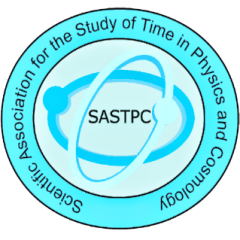Sunday, August 31, 2014
What time is it in the Universe? (VIDEO)
via universetodayThe limits of gravity, space and time… (VIDEO)
via astronomytodayRobonaut 2 gets legs, New Horizons Pluto-bound (VIDEO)
via floridatodayOur Sun’s power is stable and steadfast (VIDEO)
via techtimesLatest theory of everything to hit the physics shelves

via united-academics
Mars Rover Opportunity to have memory wiped

via discovery
Astronomers spot the birth of ‘Sparky,’ a massive star factory(PDF)

NASA probes studying Earth’s radiation belts to celebrate two year anniversary

via redorbit
Mysteries of space dust revealed

Are there evidences for cosmic inflation?

Sparks fly as NASA pushes the limits of 3-D printing technology



